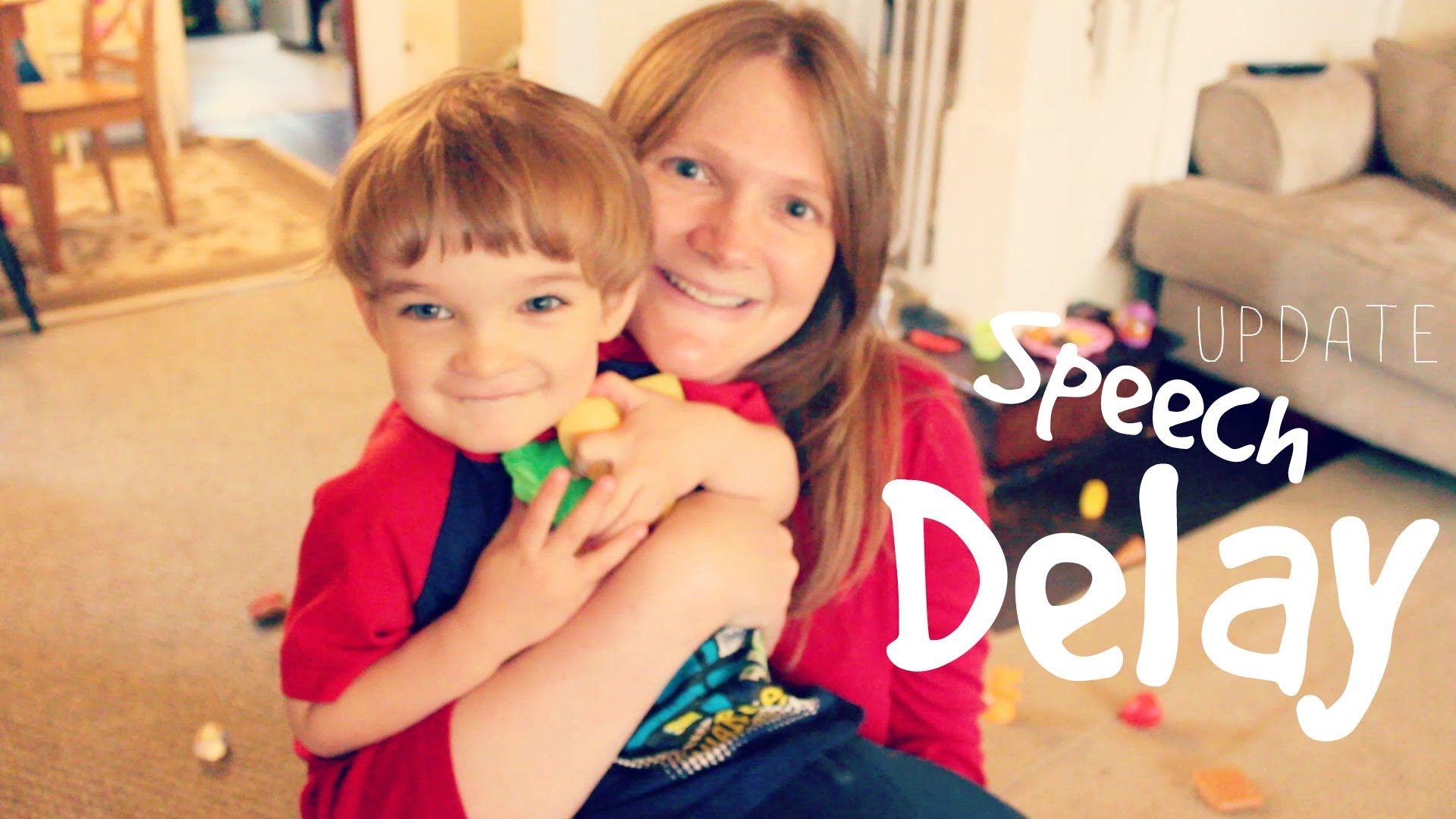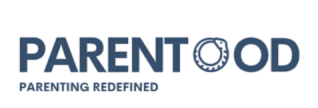Your basket is currently empty!

Difference between Speech and Language Disorder
Understanding the distinctions between speech and language disorders is crucial in identifying and addressing challenges that children or individuals may face in communication. While these terms might seem interchangeable, they actually represent different facets of communication difficulties.
Table of Contents
ToggleSpeech Disorder:
A speech disorder primarily concerns the production of speech sounds. Individuals with speech disorders may have challenges in articulating sounds, pronouncing words accurately, or controlling the flow of speech. These difficulties can manifest in various forms:
- Articulation Disorder: This involves difficulty producing sounds or sound patterns. It might result in substituting, omitting, or distorting certain sounds in words.
- Phonological Disorder: Children with this disorder have challenges understanding and using the sound system of their language. It involves patterns of sound errors that persist beyond the expected age.
- Fluency Disorder: Stuttering is an example of a fluency disorder where speech flow is disrupted by repetitions, prolongations, or hesitations in sounds, syllables, or words.
- Voice Disorder: This refers to abnormalities in pitch, loudness, or quality of the voice. It might lead to hoarseness, breathiness, or changes in vocal pitch.
For instance, an articulation disorder might manifest as difficulty in pronouncing specific sounds, leading to “wabbit” instead of “rabbit” or “fum” for “thumb.” Phonological disorders, observed in persistent sound errors beyond developmental norms, further exemplify speech challenges. Research by the American Speech-Language-Hearing Association (ASHA) highlights these as common speech-related hurdles affecting communication (ASHA, 2020).
Fluency disorders like stuttering showcase disruptions in speech flow, characterized by repetitions (“I-I-I want”) or prolongations (“Ssssnake”). Voice disorders involve abnormalities in pitch, loudness, or quality, affecting vocal characteristics such as hoarseness or breathiness.
Language Disorder:
On the other hand, a language disorder involves difficulties in understanding, processing, or using spoken or written language. It encompasses various aspects of communication:
- Expressive Language Disorder: Children with this disorder struggle with formulating sentences, using correct grammar, or finding the right words to express themselves.
- Receptive Language Disorder: Individuals facing receptive language challenges might have difficulty understanding spoken or written language, following directions, or comprehending conversations.
- Pragmatic Language Disorder: This refers to difficulties in social communication. It involves challenges in using language appropriately in social situations, understanding non-verbal cues, or engaging in conversation effectively.
For instance, a child might struggle to construct complex sentences, leading to shorter, less detailed expressions compared to peers.
Receptive language disorders impede comprehension, making it challenging for individuals to follow instructions or understand complex language structures. Meanwhile, pragmatic language disorders affect social communication skills, including non-verbal cues, turn-taking in conversations, or interpreting figurative language.
Differences and Overlaps:
The primary distinction lies in their focus: speech disorders concern the physical production of sounds, while language disorders involve understanding and using language. However, there can be overlaps between the two. For instance, a child might have difficulty pronouncing certain sounds (speech disorder) that affect their ability to express themselves clearly (language disorder).
Understanding these differences is crucial for accurate diagnosis and intervention. Professionals, such as speech-language pathologists, conduct comprehensive assessments to pinpoint specific challenges. Tailored therapies and interventions aim to address these difficulties, whether they’re related to speech production, language comprehension, or social communication skills.
Early identification and intervention play a pivotal role in mitigating the impact of these disorders. A collaborative approach involving parents, educators, and healthcare professionals ensures comprehensive support for individuals facing speech or language challenges. With appropriate strategies and therapies, individuals can improve their communication skills and enhance their overall quality of life.
A child with difficulty pronouncing certain sounds (a speech disorder) might experience challenges in expressing themselves clearly (a language disorder). Accurate diagnosis through comprehensive assessments conducted by speech-language pathologists aids in pinpointing specific challenges.
Research by the Journal of Speech, Language, and Hearing Research emphasizes the significance of early identification and intervention, highlighting their positive impact on mitigating the effects of communication disorders (Journal of Speech, Language, and Hearing Research, 2019). Tailored therapies, encompassing speech production, language comprehension, and social communication skills, play a pivotal role in enhancing communication abilities.
PC-pinterest

Leave a Reply